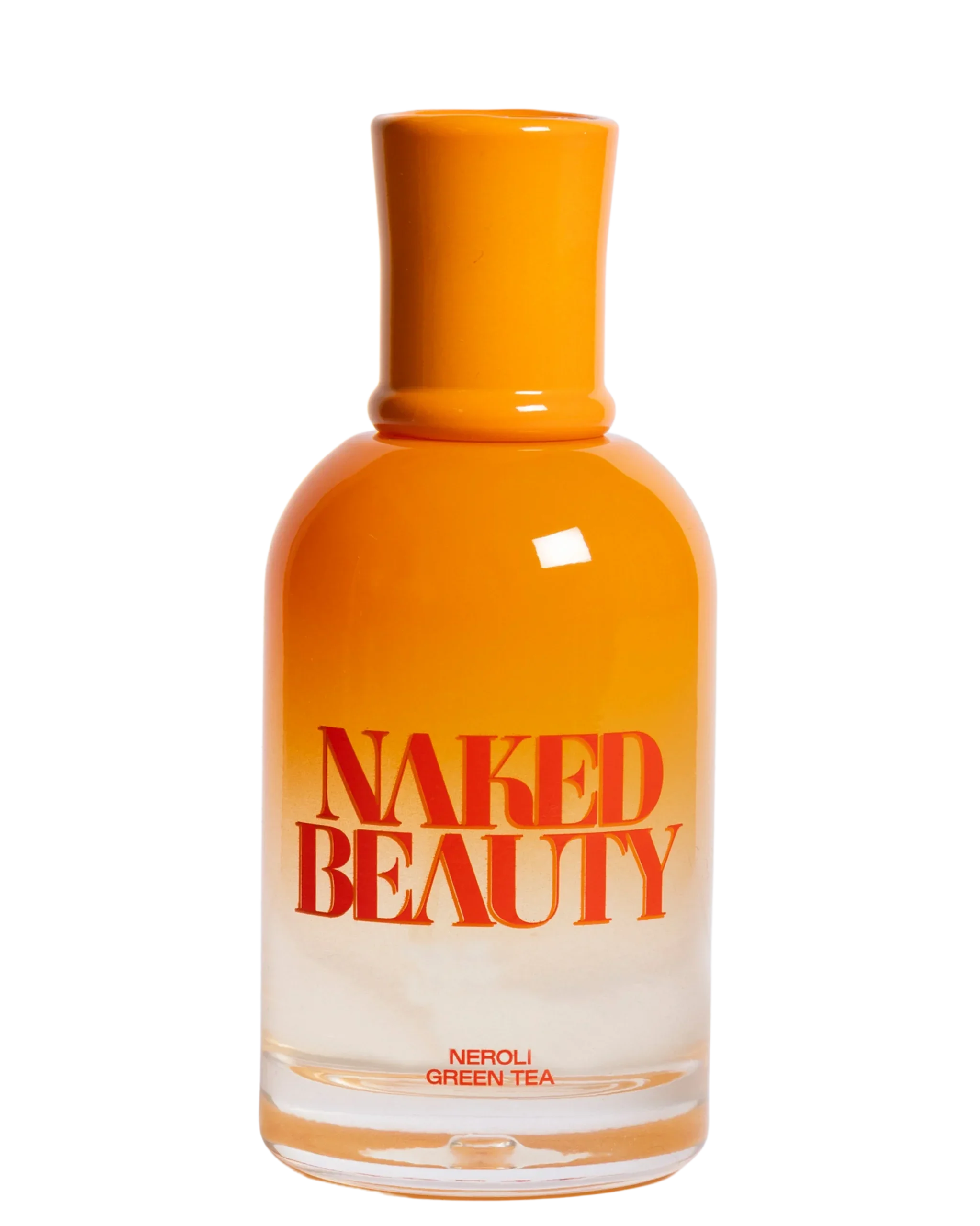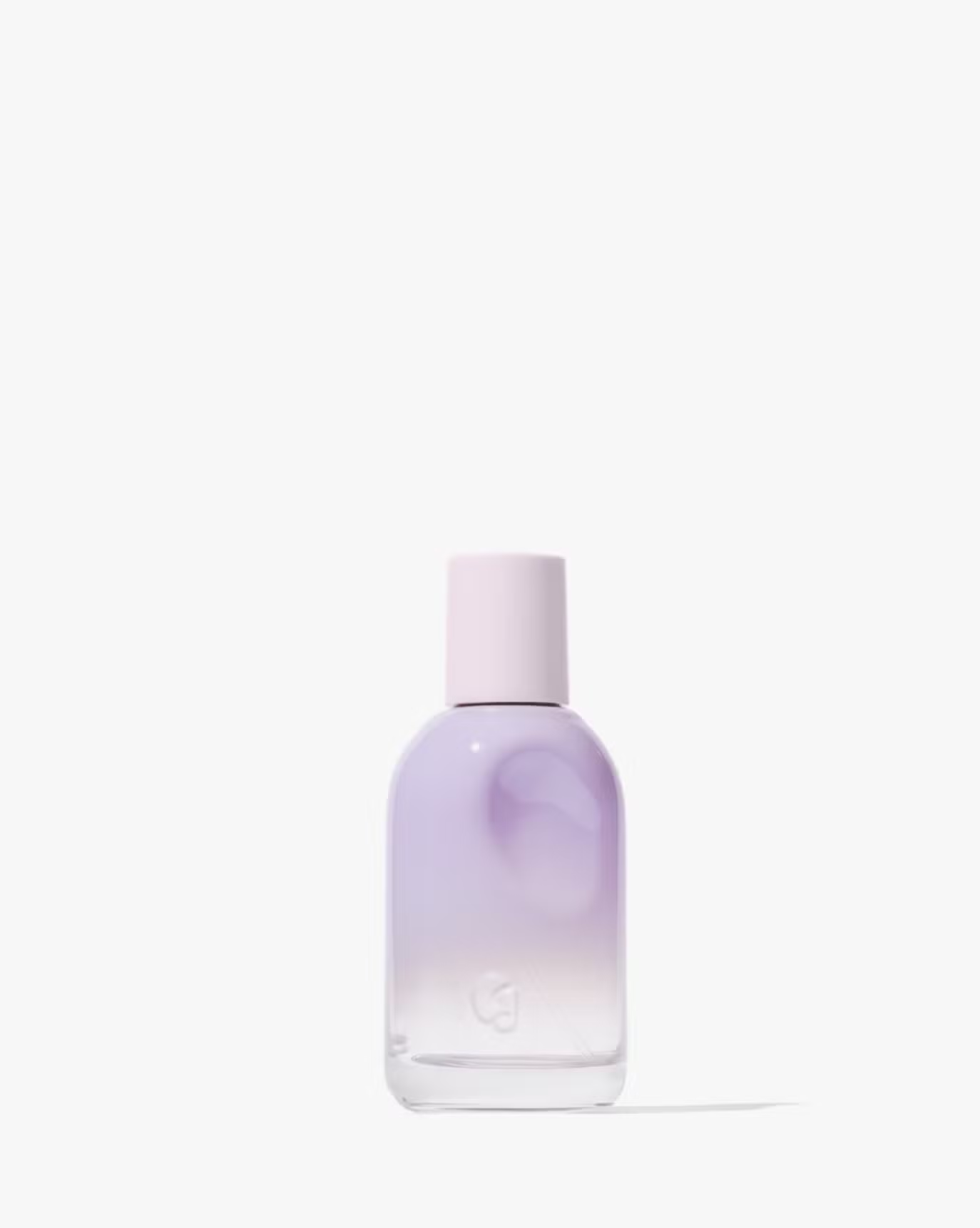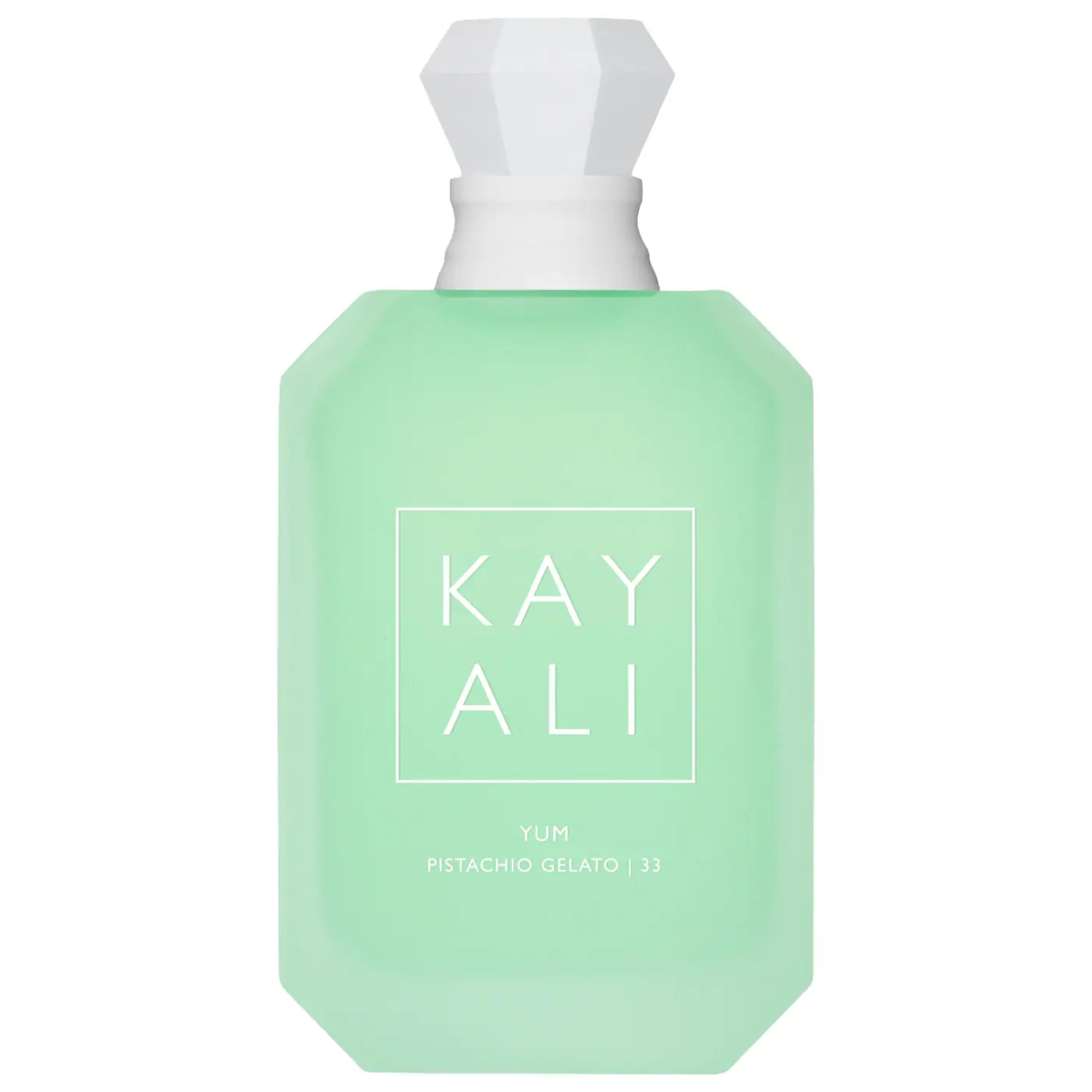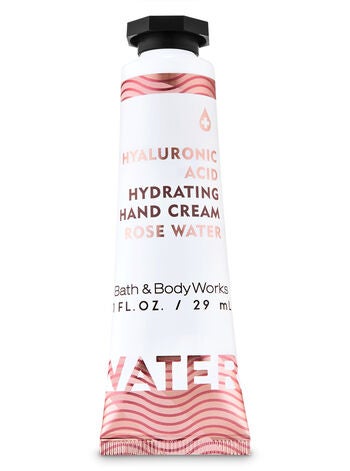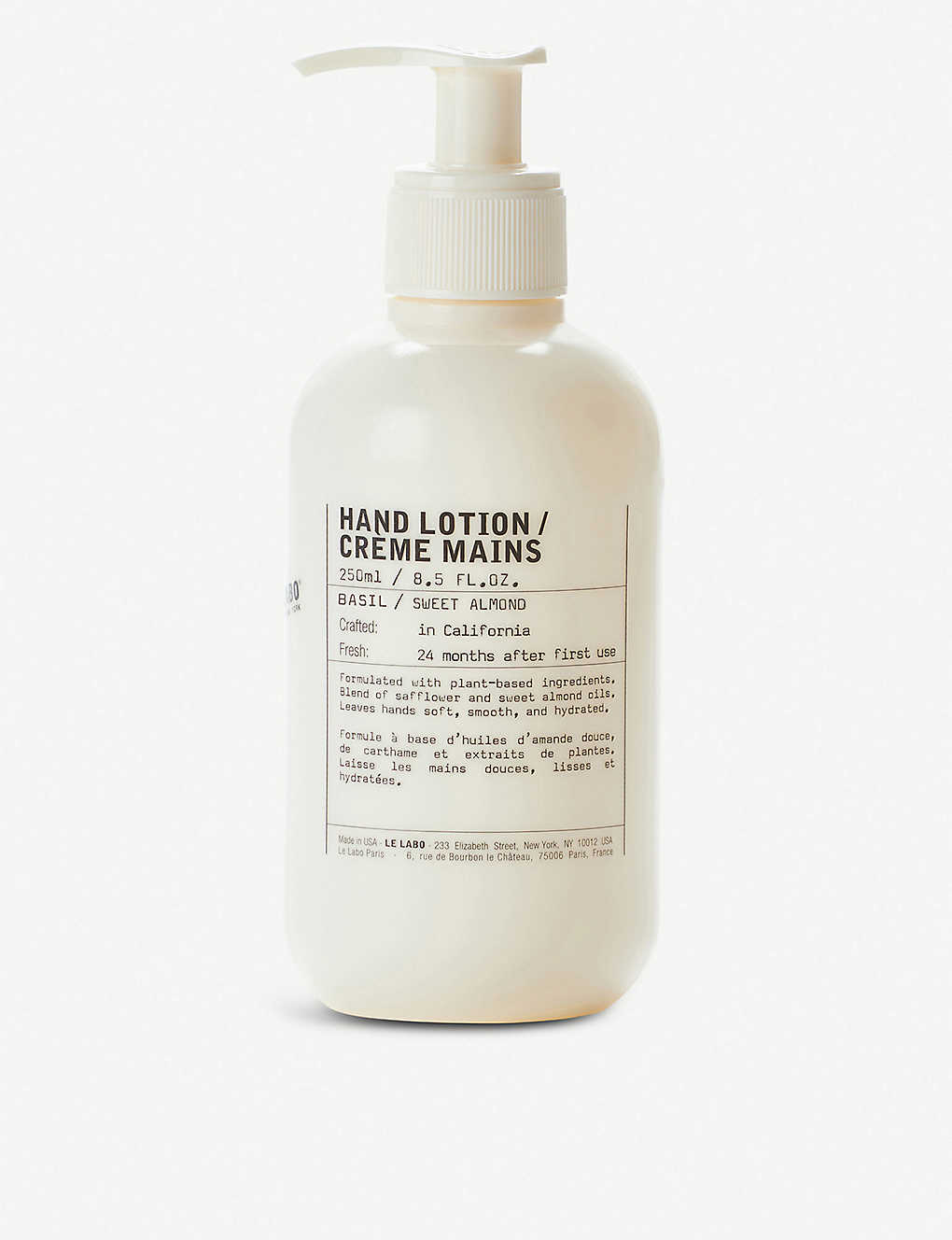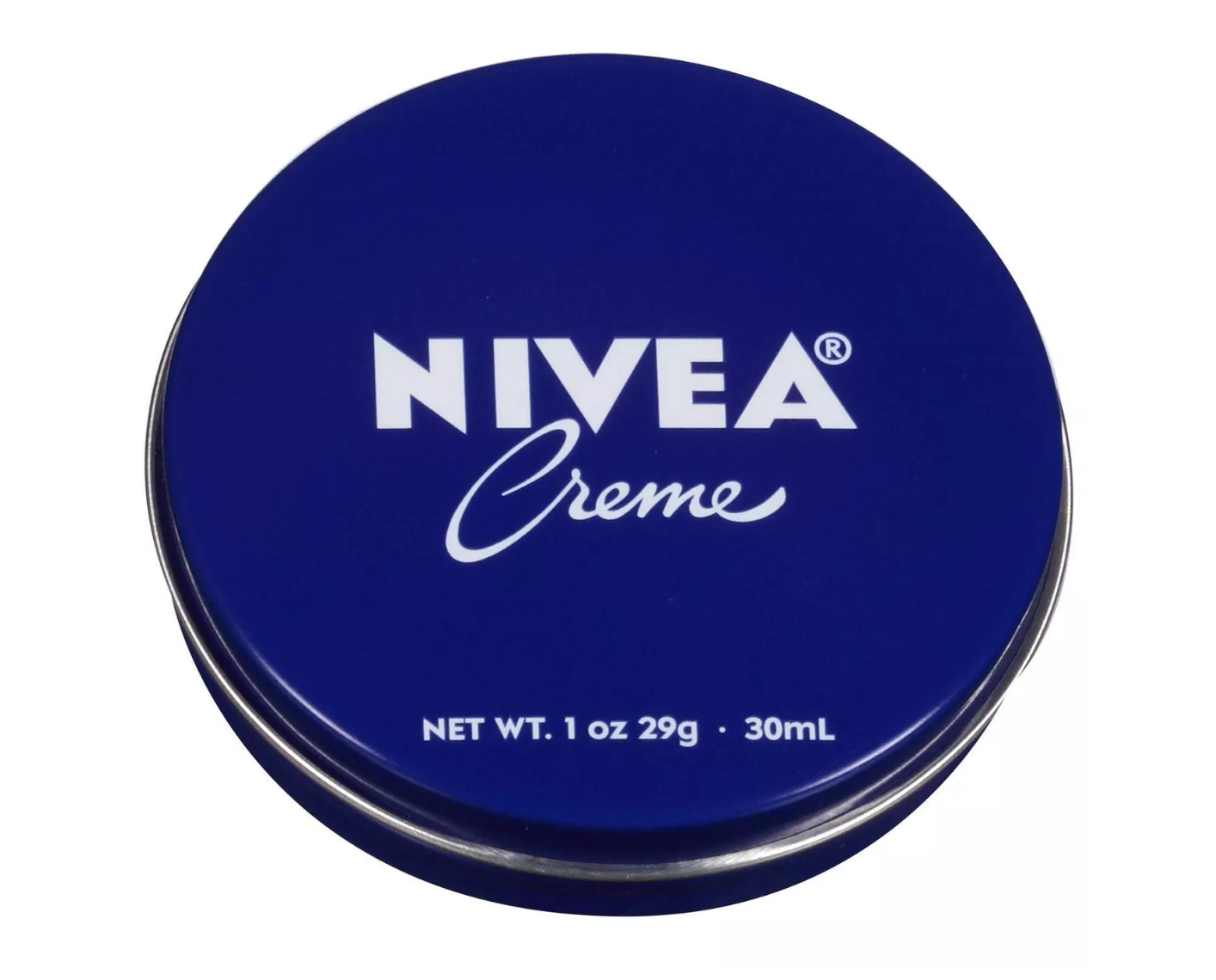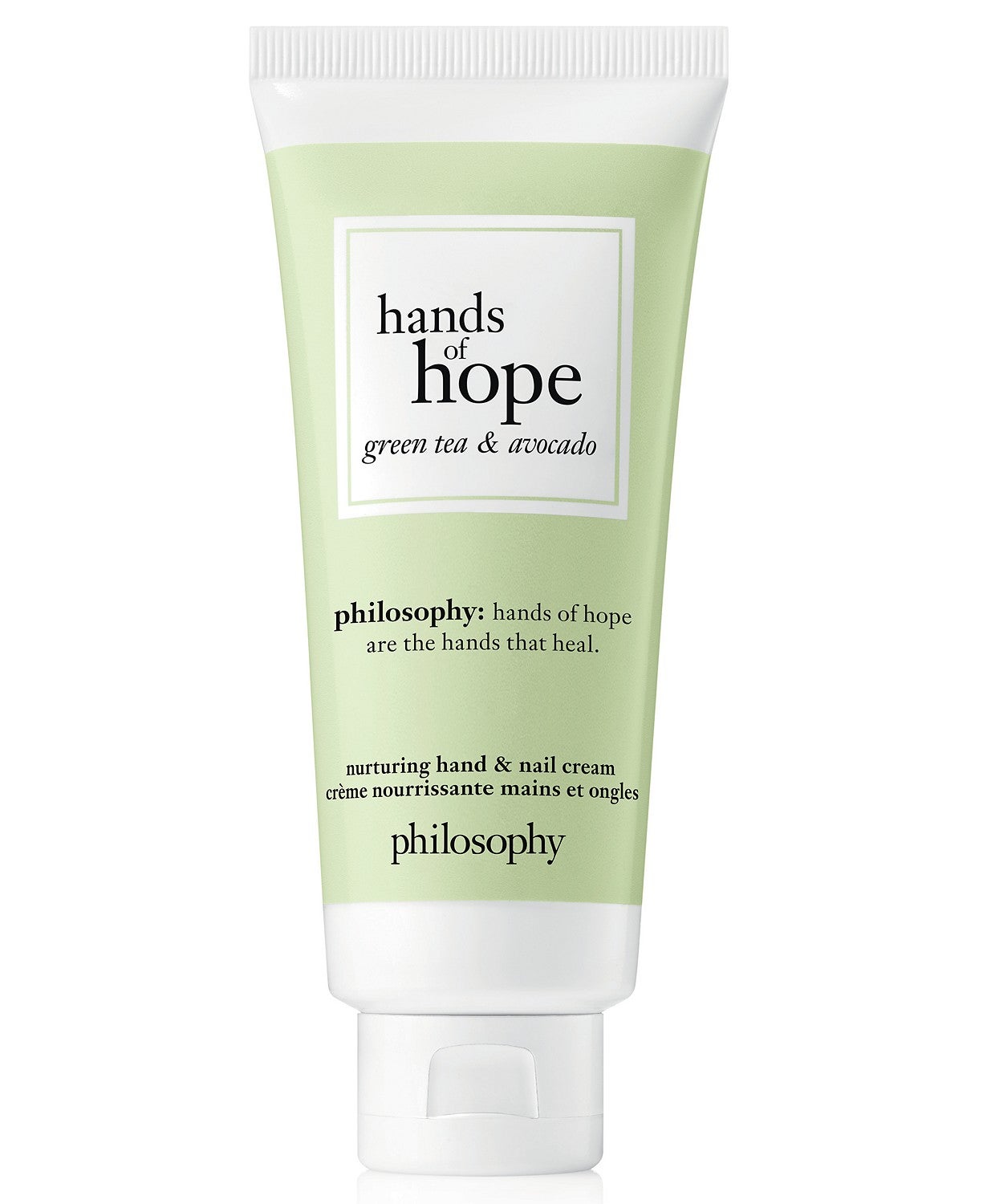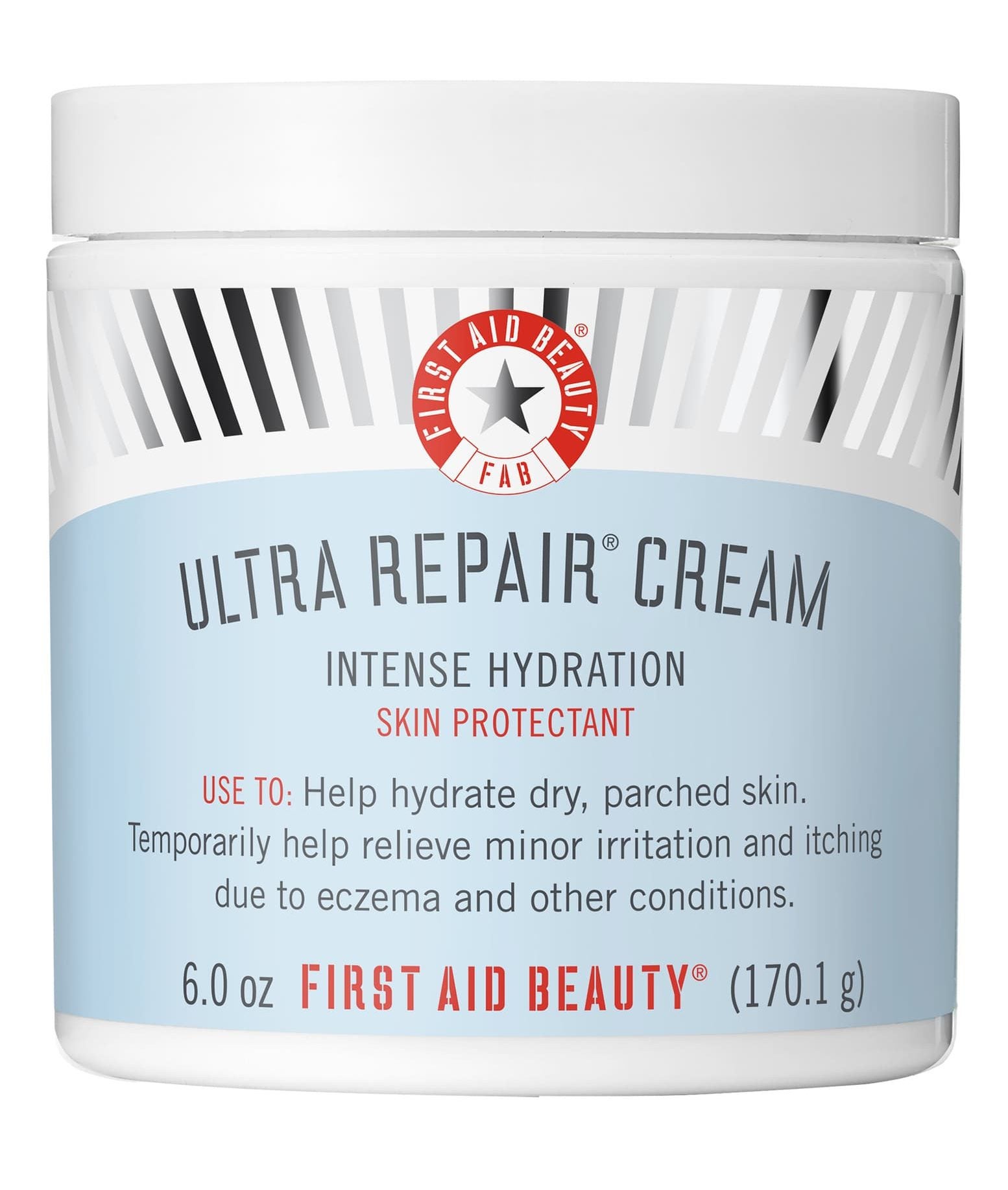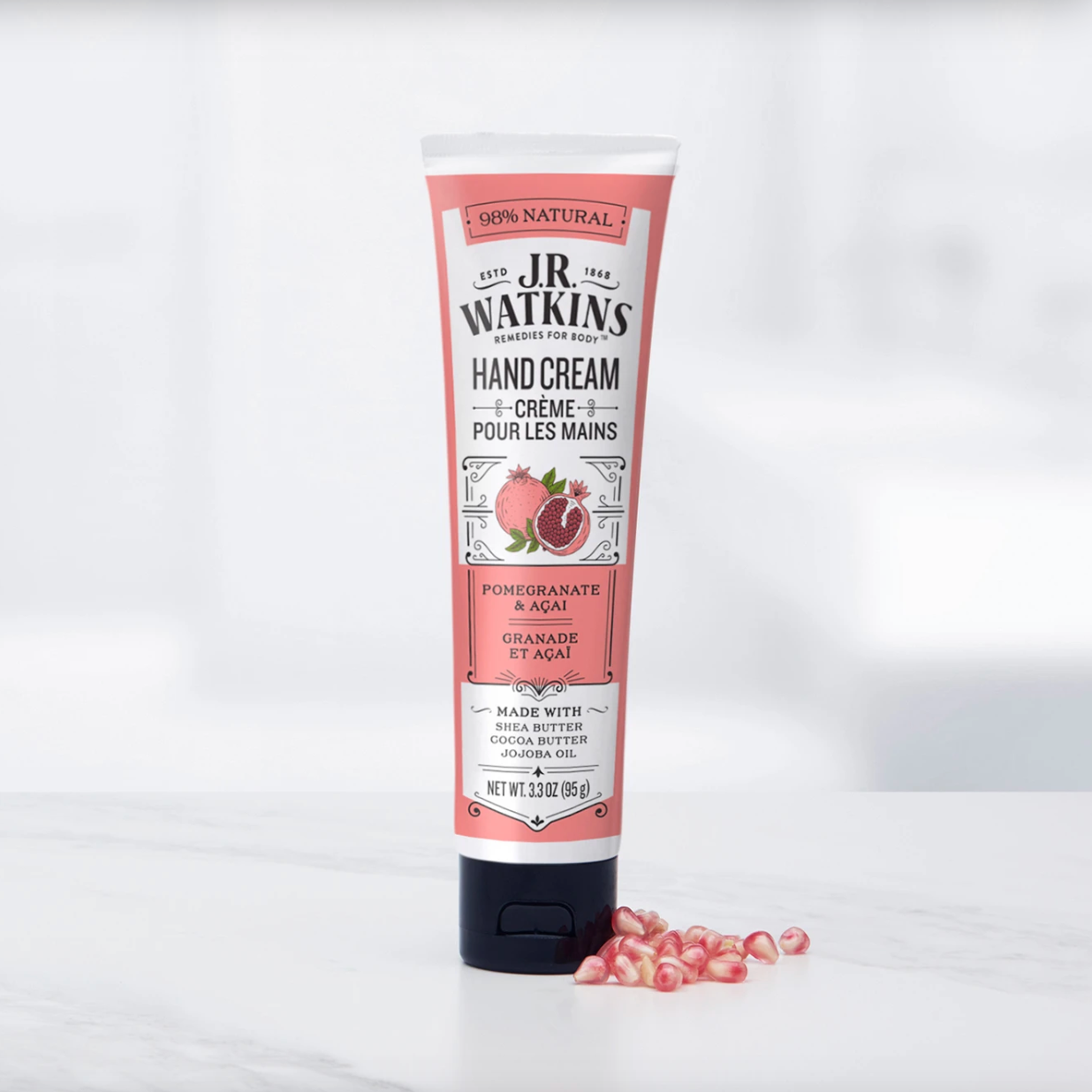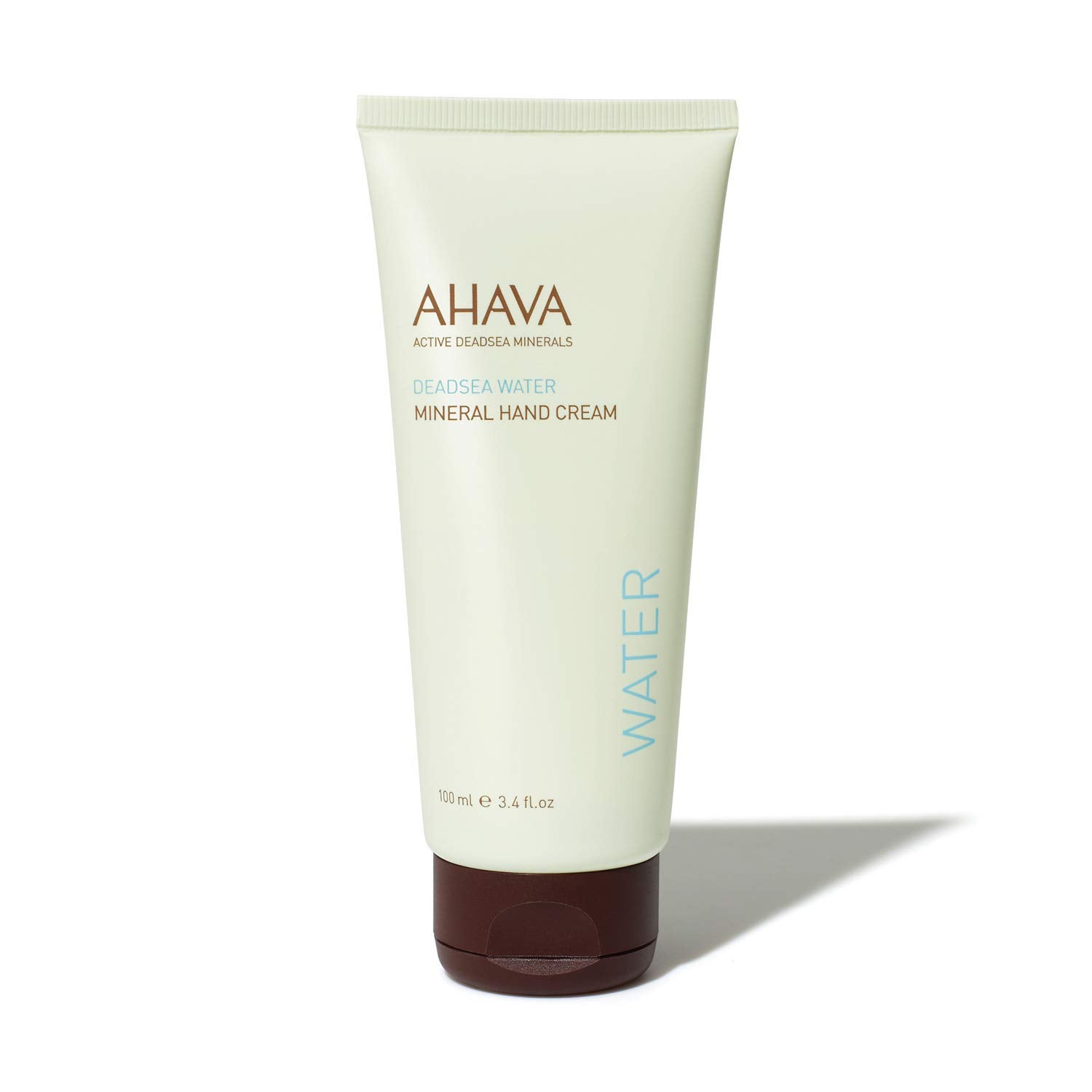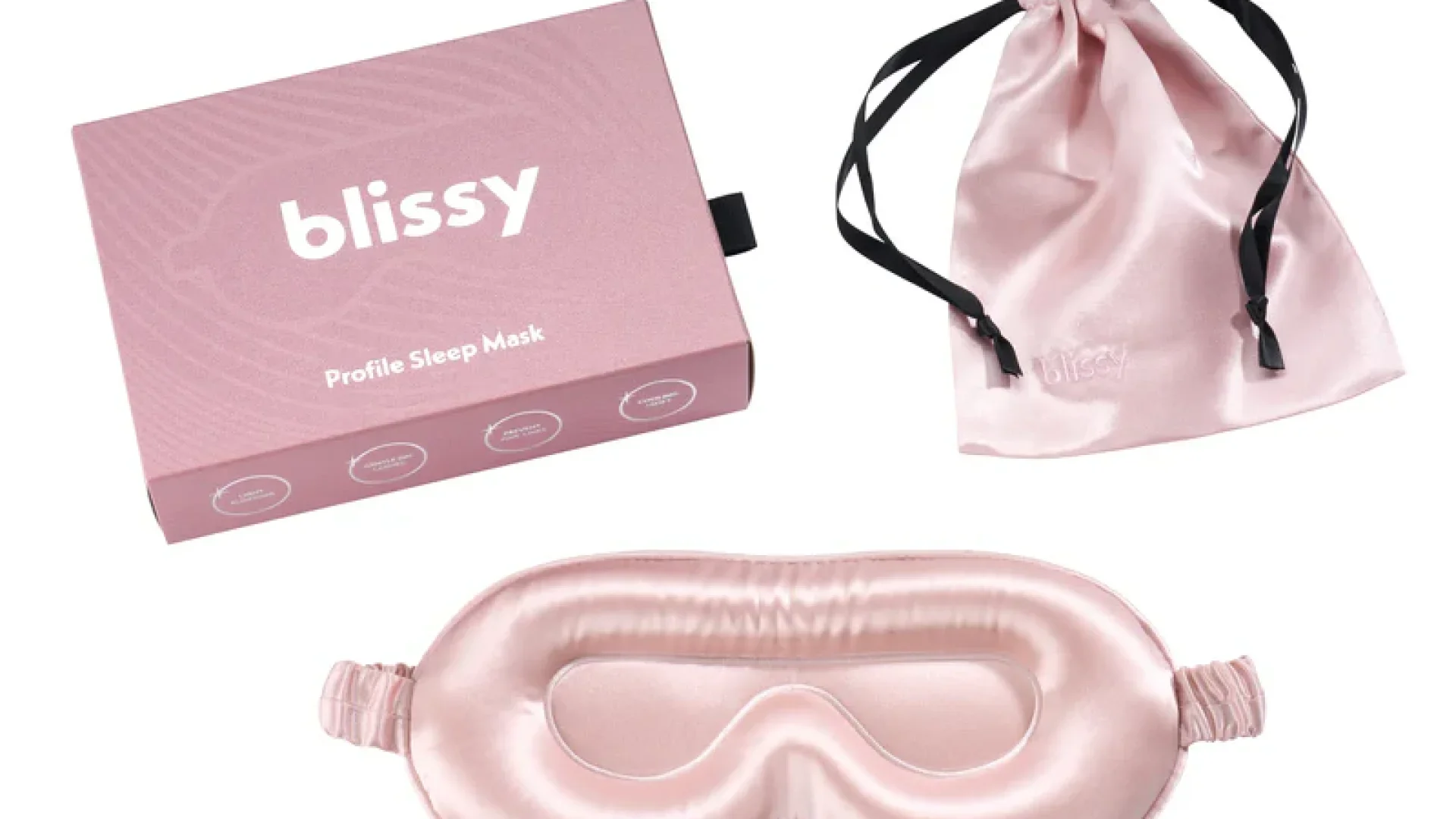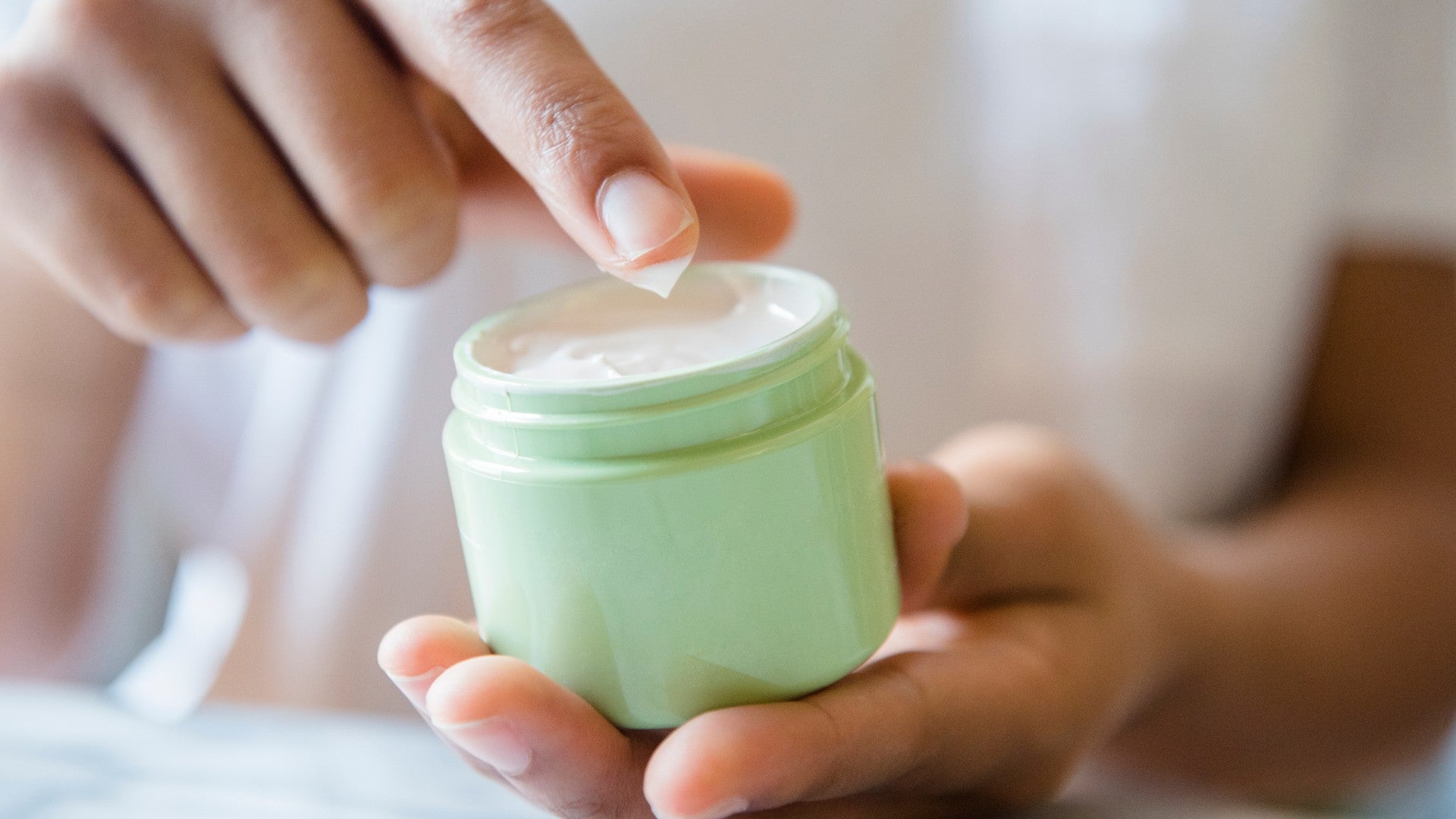
We all know that one of the biggest ways to prevent the spread of the coronavirus is simply washing our hands. But we also know that one of the results of frequent handwashing is extremely dry skin. In Black homes, moisturizing is second nature after washing the hands or body. But these are confusing times.
Unsure of what moisturizing could mean in light of this spreading global pandemic, we asked dermatologists the simple question that was on the minds of many: Will lotion breed germs or is it okay to moisturize hands after washing?
“It is vital to moisturize the hands frequently to avoid rough, dry and irritated skin on the hands and dehydrated nails and cuticles,” says Fran E. Cook-Bolden, a dermatologist at Mount Sinai Health Systems.
“[Moisturizing] will prevent severe skin irritation from product ingredients known as irritant contact dermatitis,” confirms Renée A. Beach, a dermatologist at a private practice and an assistant professor at the University of Toronto. “When we cleanse, we often use irritating foaming agents like sulphates because we associate foaming and bubbles with really getting clean. This actually contributes to the drying of the skin. Also we use cleansers that are alkaline (high pH), and these not only irritate the skin but actually help some forms of bacteria settle in.”
According to the doctors, when the skin, specifically the skin on our hands, is exposed to drying agents and frequently exposed to soap and water, hydration and moisture are necessary to protect the skin barrier. And while cracked or broken skin on the hands won’t necessarily exacerbate contracting the coronavirus, it could be a sign of irritation.
Moisturizers that are ceramide-based have replenishing factors, and humectants such as glycerin and hyaluronic acid address dryness by drawing in moisture. The doctors also recommend looking for some of those tried-and-true ingredients that have been go-tos in Black households for decades, such as butyrospermum parkii (better known as shea butter), petroleum, mineral oils and the silicone-based polymer dimethicone. Don’t be afraid to moisturize and massage into your fingertips, nails and cuticles.
And while it’s unlikely for micro droplets of the virus to spread through a product (it’s more likely to spread through the packaging if not cleaned properly), Beach suggests the following:
“In general, I would advise using pump-based forms of product delivery that are more sanitary, rather than more open jar-based product delivery,” she says. And she recommends wiping down packaging with 70 percent isopropyl alcohol or hydrogen peroxide 0.5 percent.
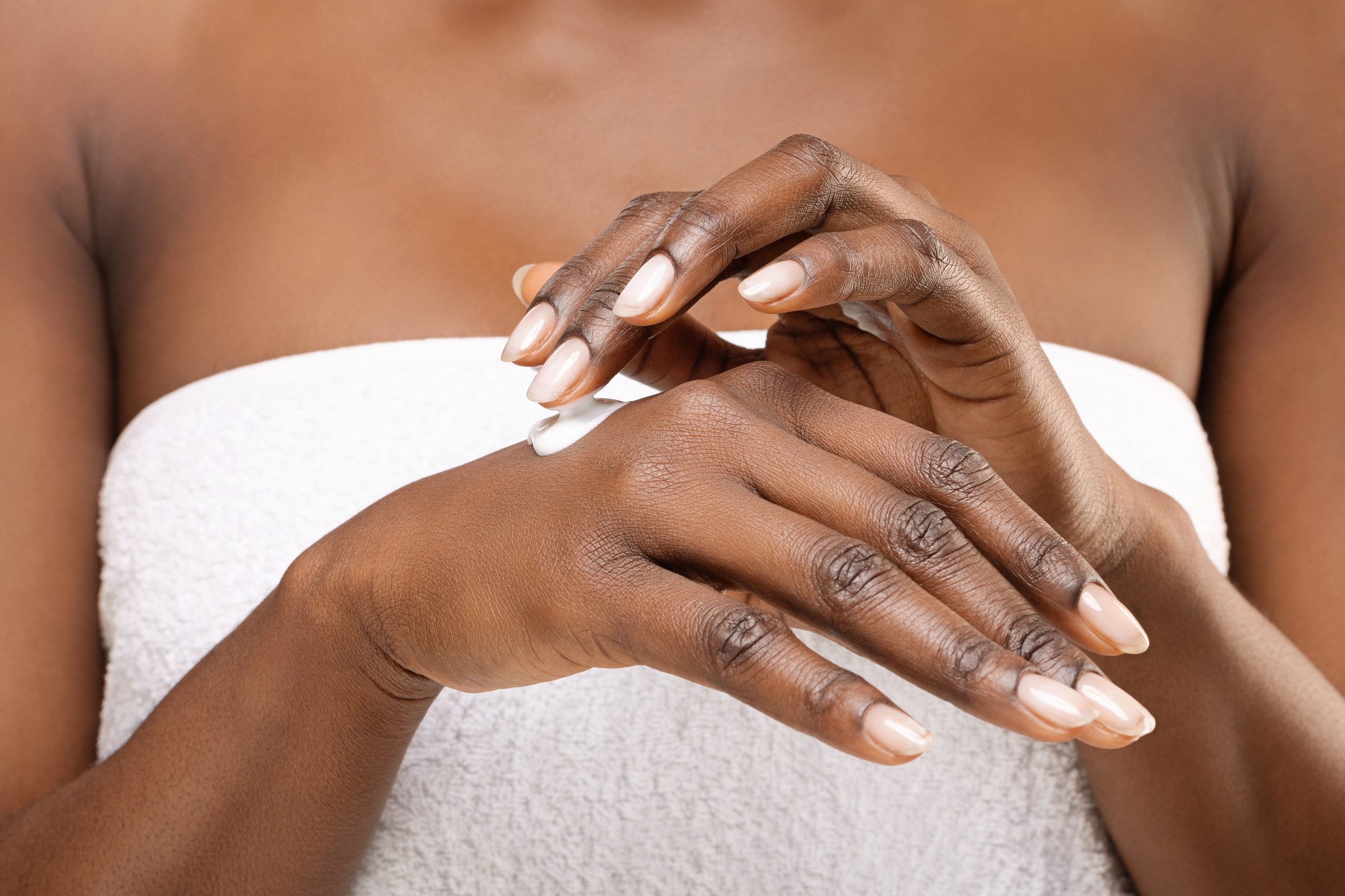
“It’s not necessary to bury your hands in a tub of cream, but frequent application instead is the key to keeping the hands healthy,” adds Cook-Bolden.
“In the event that you are moisturizing many times a day after exposure to hand sanitizers, surfactants and water and your hands still feel overly dry, itchy, ‘rashy’ and red, you should probably see your dermatologist or primary care provider, as you may have developed a contact dermatitis, which may require other treatment in addition to your emollients.”
Check out some of the hand lotions that we love that contain the effective ingredients described by the good doctors.




